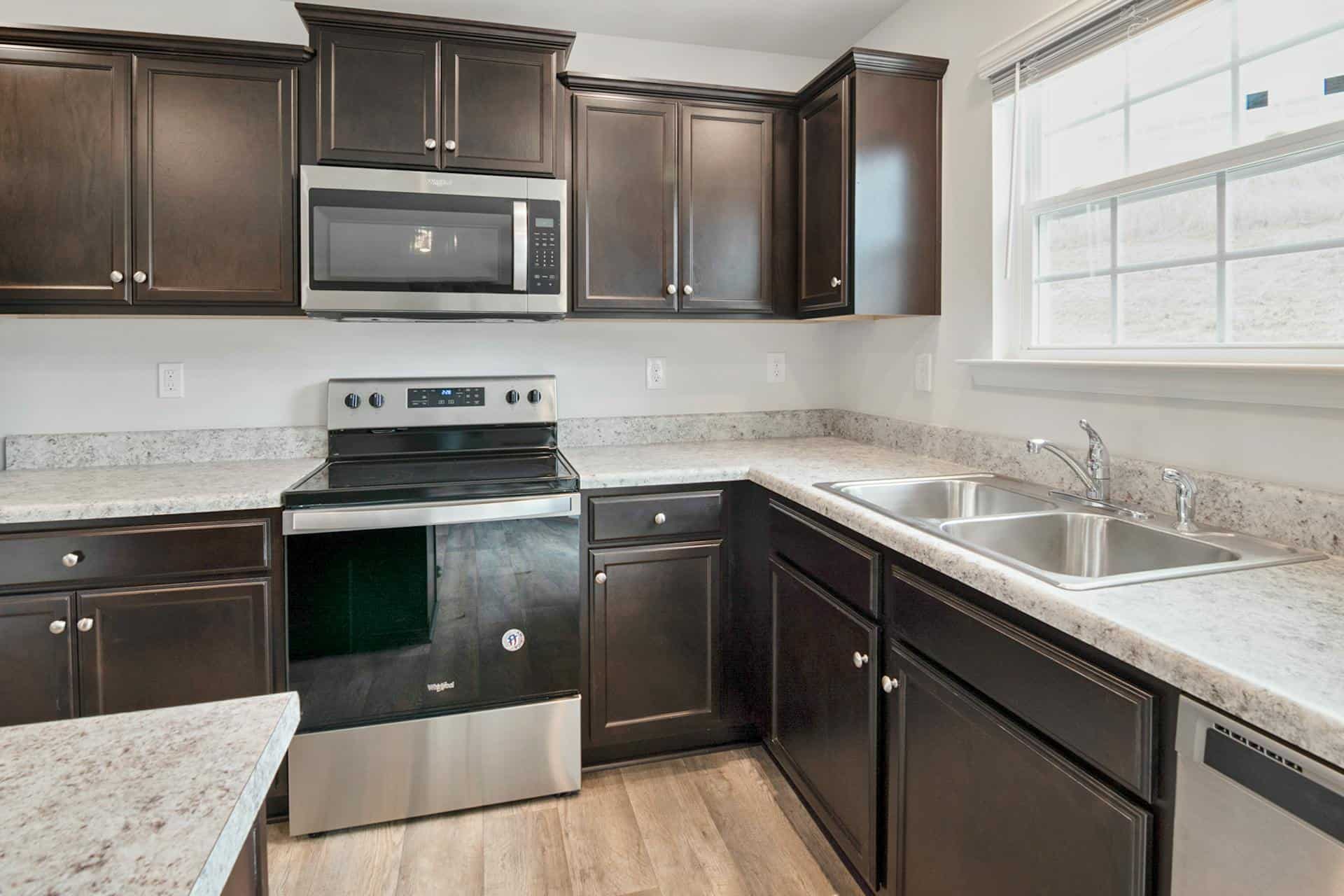
Question: Can You Have 2 P-Traps Under a Kitchen Sink?
Answer: No, two P-traps on a single fixture like a kitchen sink are not allowed. Each fixture needs one P-trap to prevent sewer gases from entering but multiple drains must connect before the trap.
Understanding Kitchen Sink Plumbing
A kitchen sink’s plumbing system plays a vital role in hygiene and functionality. It directs wastewater away from your home, preventing unpleasant odors and potential health hazards. The P-trap, a curved pipe section under your sink, creates a water seal. This seal blocks sewer gases from entering your home. Understanding this system helps homeowners address common plumbing issues and maintain a healthy home.
When to use 2 P-Traps Under a Kitchen Sink?
While a standard kitchen sink typically uses one P-trap, a double-basin sink often requires two separate P-traps. This setup ensures each basin drains correctly and maintains a proper water seal. However, connecting two P-traps directly to the main drain line is incorrect. This can lead to siphoning issues, draining the P-trap’s water and allowing sewer gases to escape. Instead, plumbers use a special fitting, such as a double sanitary tee or wye fitting, to connect the two P-traps to the drain line properly.
Click here for more information on kitchen cabinet refinishing Toronto
Related Article: Do I Need a P-Trap Under My Kitchen Sink?
Related Article: What Size of P-Trap is Required for a Kitchen Sink?
Common Problems with Dual P-Traps
Even with proper installation, dual P-traps can sometimes experience problems. Clogs can occur in either P-trap, slowing drainage in the affected basin. Additionally, if the connection between the P-traps and the sanitary tee isn’t airtight, leaks can develop. Regular maintenance, including periodic cleaning and inspection, can help prevent these issues. If problems arise, contacting a qualified plumber is often the best course of action.
Alternatives to Dual P-Traps
While dual P-traps are common for double-basin sinks, alternatives exist. One option involves a single P-trap with a double-tee fitting to accommodate both drains. This setup can simplify the plumbing under the sink, potentially reducing the risk of leaks or clogs. Another option, specifically for garbage disposals, involves a special configuration that connects the disposal to the drain and P-trap in a specific manner. Choosing the right configuration depends on your specific sink setup and plumbing needs.
Maintaining Your Kitchen Sink Plumbing
Regular maintenance is crucial for optimal kitchen sink plumbing. This includes regularly flushing the drains with hot water to prevent grease buildup. Avoid pouring grease, oil, or food scraps down the drain. These substances can solidify and cause clogs. Periodically inspect the P-traps for leaks and ensure all connections are tight. Addressing minor issues promptly can prevent more significant problems down the road.
Conclusion
Understanding your kitchen sink’s plumbing and the proper installation of P-traps, especially for double-basin sinks, ensures efficient drainage and prevents potential problems. While two P-traps are acceptable with the correct setup, alternatives exist, each with benefits. Regular maintenance plays a vital role in keeping your plumbing system in good working order, contributing to a healthy and functional kitchen. [ 1 ]
References
1. https://diy.stackexchange.com/questions/292168/can-i-cap-one-of-two-drain-lines-under-my-kitchen-sink/

Blue Malue Get in touch with Blue here.
